Bingo Game Patterns
Patterns are everything in bingo, whether creating a simple line across your ticket or something more elaborate. They determine the numbers that players must mark off to win a game. There are plenty of patterns in bingo games, and some can be difficult to form. Exploring these patterns, from the most basic designs to more advanced ones, will help you understand how to play bingo games online. In this guide to bingo game patterns, we will cover a wide range of shapes spanning diverse themes.
Traditional Bingo Patterns
Seasoned bingo players will be familiar with the traditional patterns used regularly in games. These are straightforward and easy for total newcomers to grasp, which is ideal when you want to dive into a game without delay.
Here are four traditional patterns you can expect to see often:
1 Line
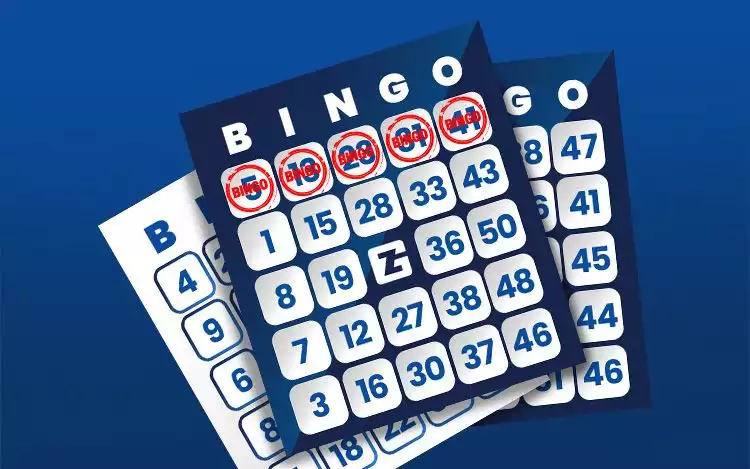
The 1-line pattern is the most conventional arrangement. The aim is to dab all numbers across one line only, whether that is horizontal, vertical, or diagonal. Focusing on a single line creates fast-paced games as players try to complete their numbers first.
2 Line
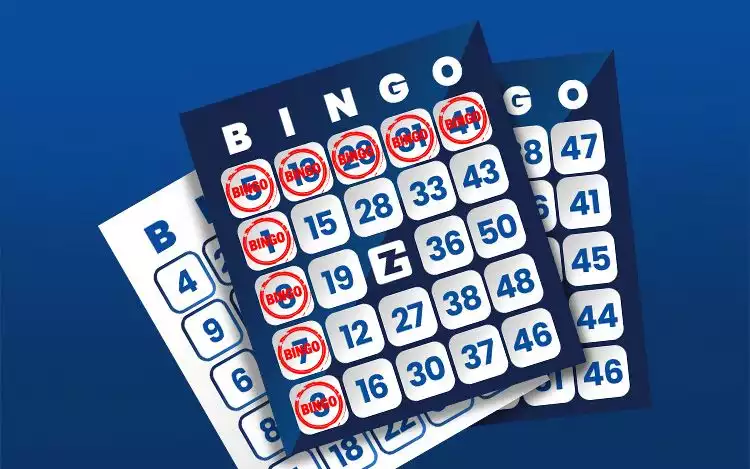
The 2-line pattern takes the tension up a notch. Players have two lines to fill in on the same ticket, which can make checking numbers as they are called slightly more difficult.
Full House
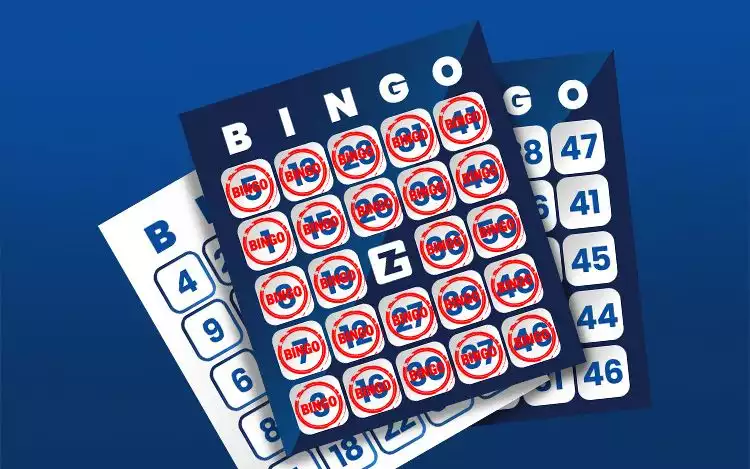
The classic full house pattern (otherwise known as a ‘blackout’) can be difficult to achieve: you need to mark off every number on the ticket to win. Players who achieve a full house may scoop the top prize in a game, which could be a generous jackpot in some cases.
Four Corners
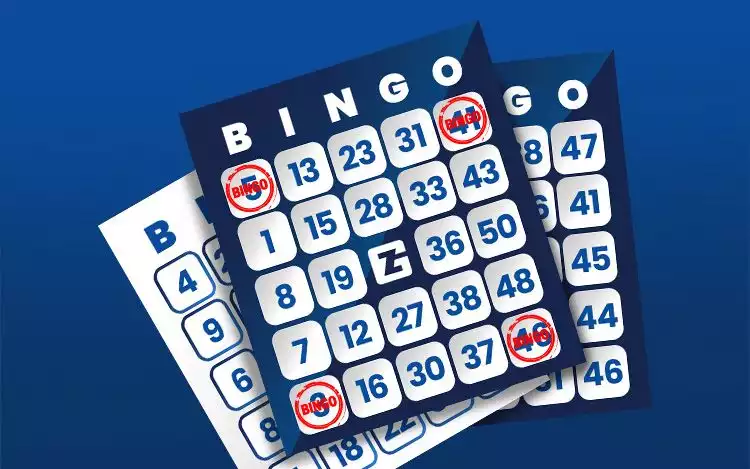
Four corners is a big step back from a full house: just mark off the number in each corner of the ticket. Trying to match those exact four numbers before anyone else can make a bingo game more challenging, particularly for beginners.
Seasonal/Holiday-Themed Bingo Patterns
It is common for online bingo games to use more diverse patterns, and seasonal/holiday-themed designs can introduce some welcome festive cheer. The range of holidays and seasonal occasions varies, so you might find a bingo ticket that focuses on your favourite time of the year.
Christmas Bingo Patterns
Get in the Christmas mood at any time with this pattern style. Christmas bingo game patterns take inspiration from several images associated with the season, inviting players to form recognisable pictures with each number they mark off. Here are two common patterns:
Candy Cane
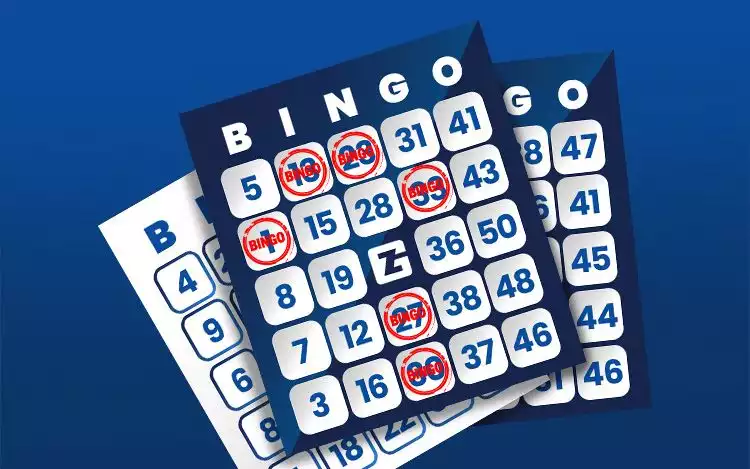
The candy cane is one of the most iconic items connected to the Christmas season, and you might see it on a bingo ticket in some games. Players may mistake the candy cane shape for a question mark at first, due to the curved line at the top.
Bell/Christmas Tree
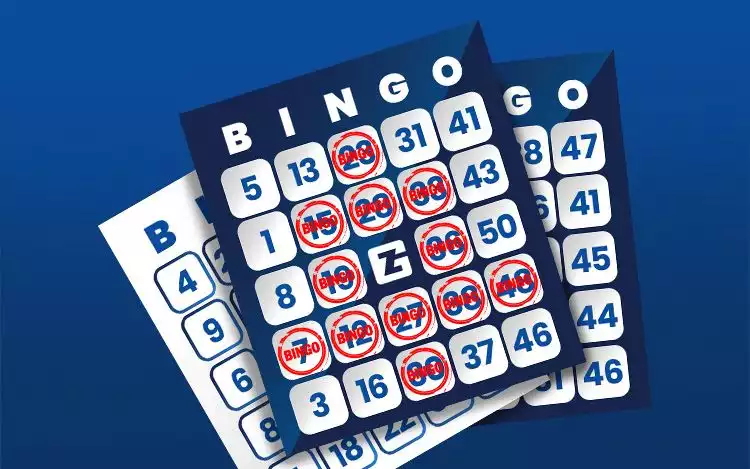
The bell and Christmas tree patterns look similar, though the tree usually has a longer base. The tree starts from a single number on the top line and expands outwards, until the final two spots form the bottom. The bell pattern for bingo has a slightly different arrangement, but it is easy to tell them apart.
Easter Bingo Patterns
Whether you celebrate Easter or not, you could find yourself creating Easter-themed patterns in certain bingo games. These may be inspired by the most obvious elements of the season, such as a chocolate egg and the Easter Bunny. Here are two examples:
Bunny Ears
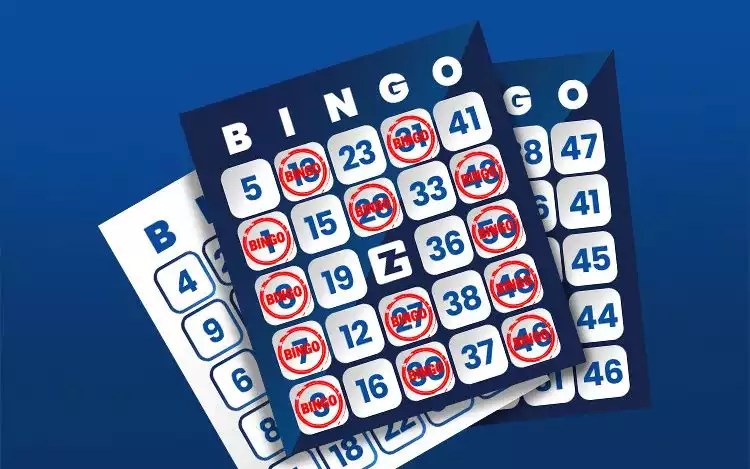
Along with chocolate, the Easter Bunny is one of the first things that people might imagine when they think of this holiday. A pair of bunny ears on a bingo ticket is a fun, cute pattern.
Easter Cross
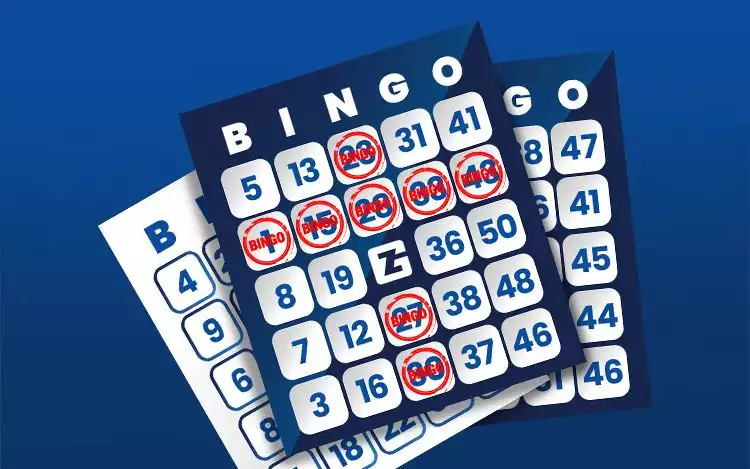
While it may not be as sweet as bunny ears (or a chocolate egg for that matter), the Easter cross pattern represents a crucial part of the holiday. This is more straightforward than the bunny ears pattern, as it is made up of straight lines with no curves.
Valentine Bingo Patterns
Get in the mood for love with bingo game patterns inspired by Valentine’s Day. As with Christmas and Easter patterns, Valentine’s designs can add a fresh twist to marking off numbers. Here are three common Valentine’s patterns:
Cupid’s Arrow
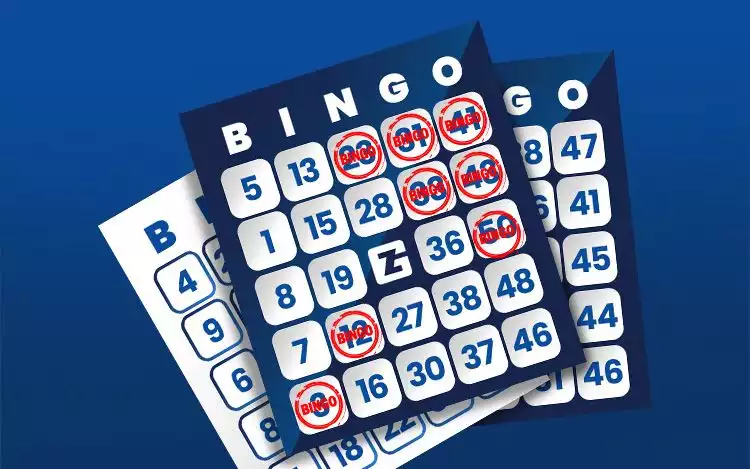
As the ancient Roman god of love, Cupid is widely associated with Valentine’s Day. He is generally depicted with small feathered wings and a bow, and one of his arrows forms the basis for this bingo pattern. To create the pattern, players mark off numbers diagonally across the ticket.
Heart
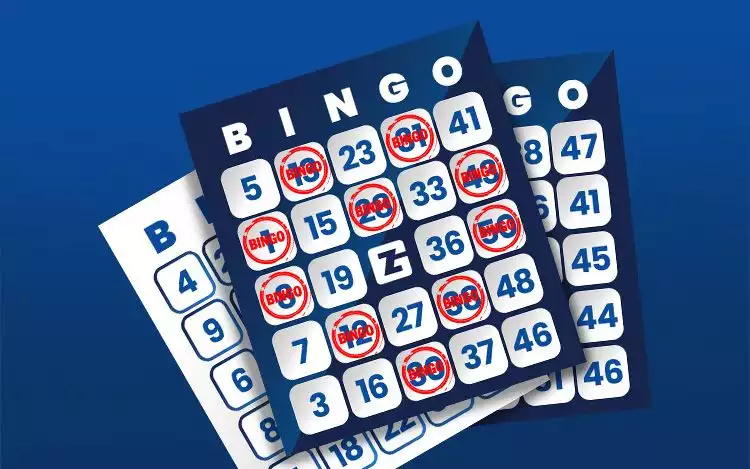
Along with Cupid, a heart is one of the most common images connected to Valentine’s Day. This pattern is a simple curved shape that uses every line on a ticket in some way.
14th
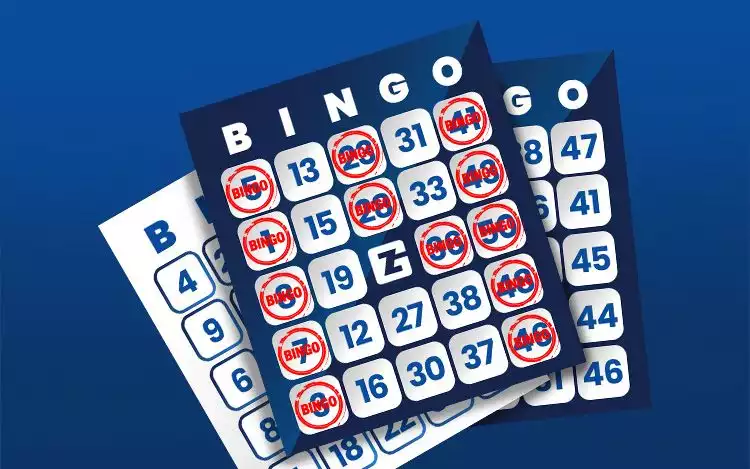
Valentine’s Day is on the 14th of February, and that date is another bingo pattern you may see when playing online. The ‘1’ is a single vertical line along one side of the ticket, while the ‘4’ is spread across three lines.
Creative Bingo Patterns
In certain games, you may need to mark off numbers to form a variety of creative patterns. These can differ wildly from game to game, incorporating everything from animals to clothing, from vehicles to common household items. A creative pattern for bingo will help keep the gameplay interesting, and you get to admire the image you have formed on your ticket at the end of a round.
Here are six examples of creative patterns:
Turtle
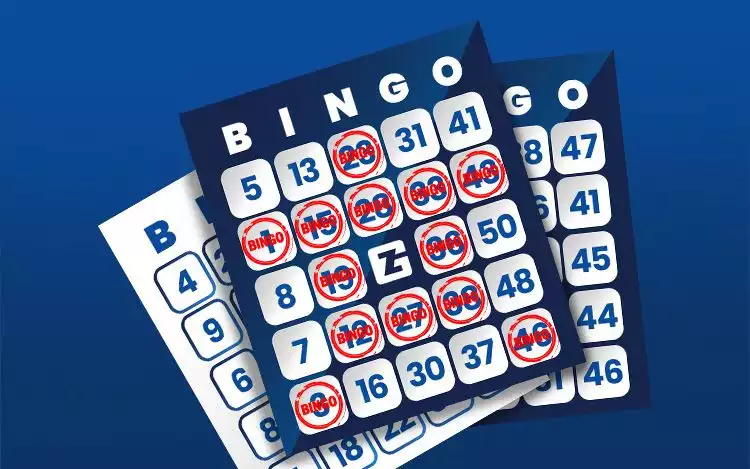
The turtle pattern is a bit more abstract than some of the others on this list, and you could confuse it for a star instead at first glance. However, once you know what you are looking at, the turtle shape is easy to see.
Wine Glass
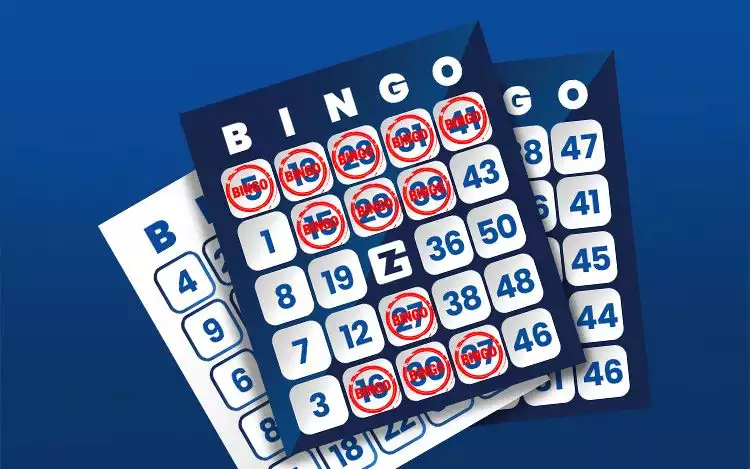
The wine glass pattern has a fairly distinctive shape, and it uses all lines on a ticket (just a single space on a couple, though). It may be used in games with a food and drink theme.
Top Hat
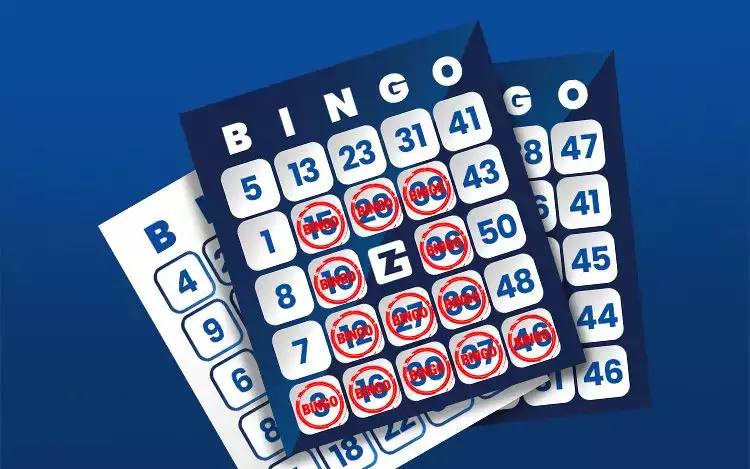
A top hat is one of the most sophisticated and debonair items that an individual can wear, whether for a wedding or any other formal occasion. This uses a full line along the bottom row of a ticket and a large cluster of spaces in the middle.
Clock

The clock pattern has a circular shape with a couple of lines in the middle to show the hour and minute hands. This is a fun, cute pattern that may appear in games that focus on household items and domesticity.
Airplane
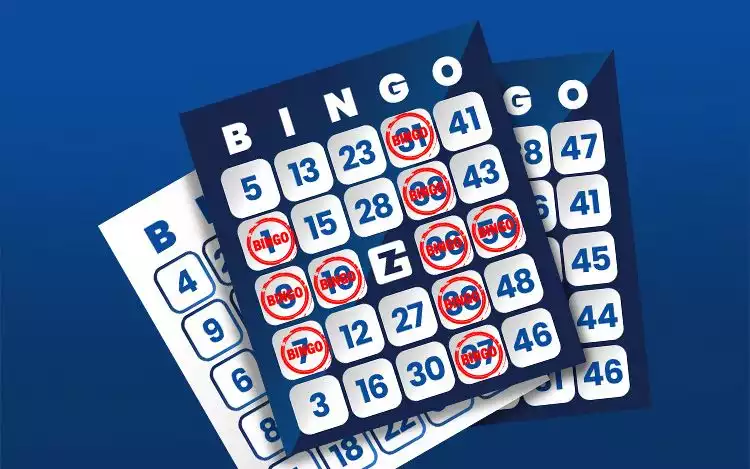
Like the turtle, the airplane pattern for bingo can be difficult to identify initially. It is arranged horizontally across a ticket, with one long vertical line to show the front wings and a smaller one to represent the rear wings.
Bowtie
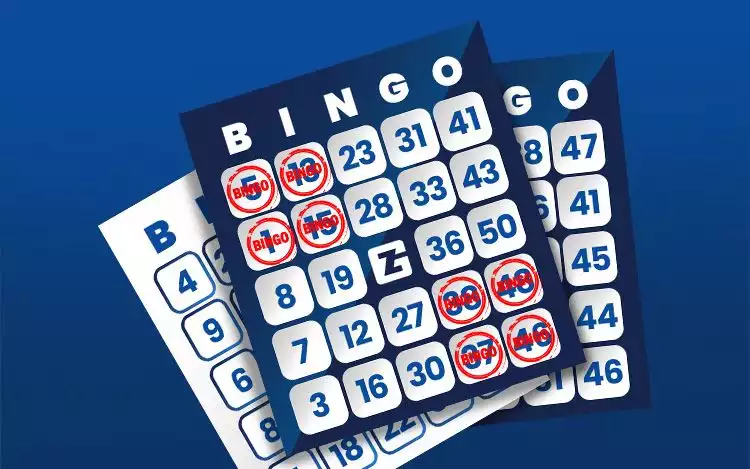
As with the top hat, the bowtie pattern represents fine fashion and adds a touch of class to any bingo game. This may be laid out diagonally across a ticket, with clusters of four spaces forming the recogniseable bowtie shape.
Simple, Mathematical, and Random Bingo Patterns
Bingo games can use patterns based on classic mathematical symbols, as well as simple patterns based on everyday items. Here are six examples:
Plus Sign
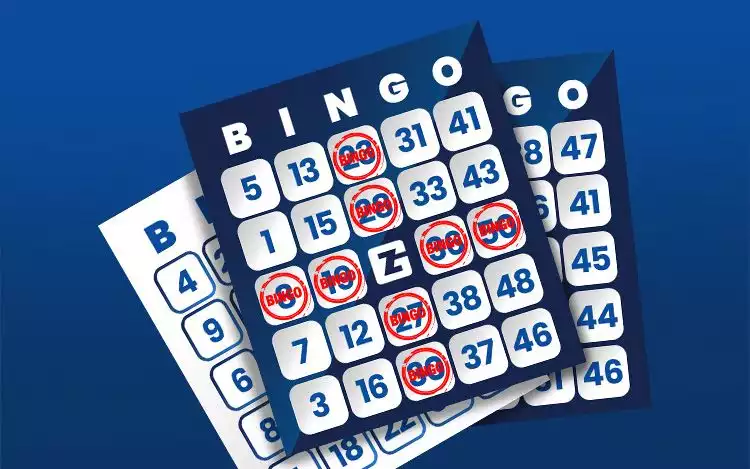
A bingo ticket featuring a plus sign pattern uses just two lines overlapping at the centre. It may look simple, but as with all bingo game patterns, trying to mark off the necessary spaces first can be a challenge.
Equals Sign
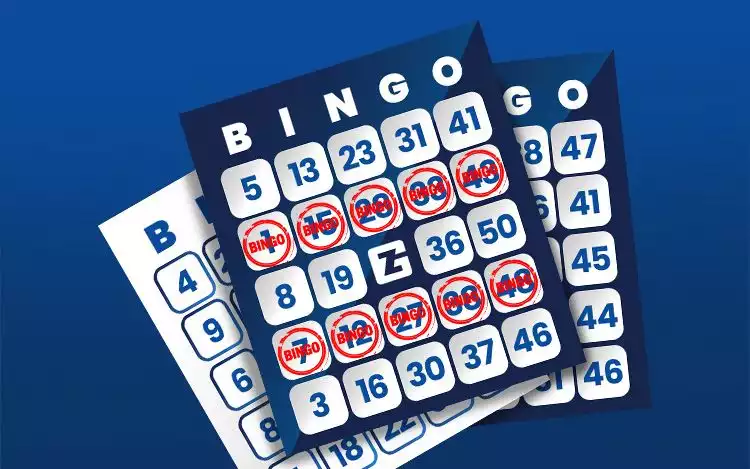
The equals sign pattern is just two horizontal lines running across an entire ticket. You need to mark off spaces from one side to the other, leaving a blank line in between, to create this pattern.
Barbell
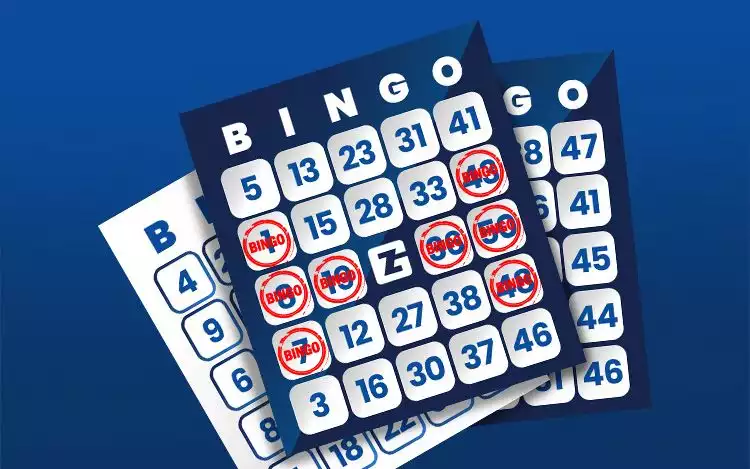
Whether you lift weights or not, you should recognise the barbell as it forms on your ticket (it resembles a compact ‘H’). One long horizontal line forms the core of the barbell, with a shorter vertical one on either end to show the weights.
Inner Frame
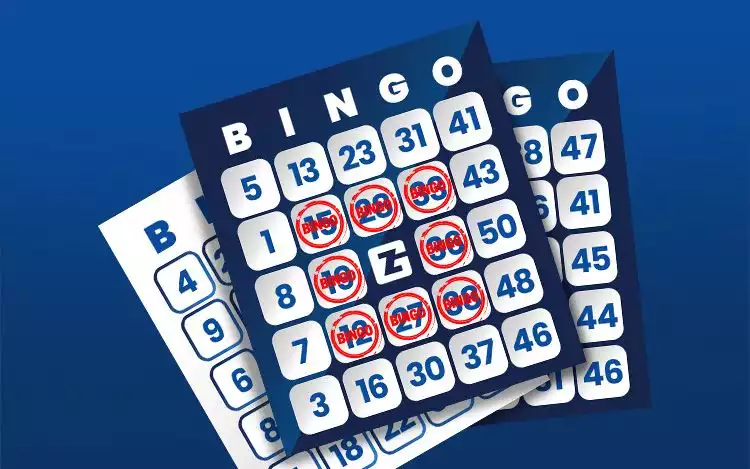
The inner frame pattern follows the shape of the ticket: marked numbers make a square formation near the middle, surrounding the space right in the centre.
Railroad Tracks
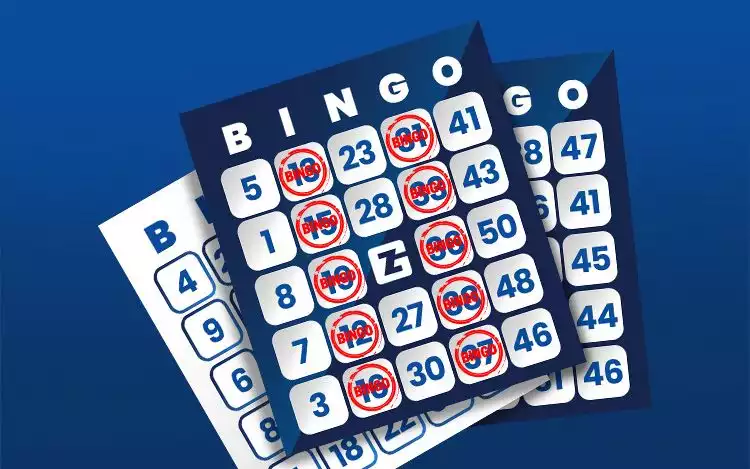
The railroad tracks pattern for bingo looks like the equals sign if it were flipped from a horizontal to a vertical layout. Dab numbers along two lines from the bottom to the top (or vice versa) to win.
Letters and Numbers
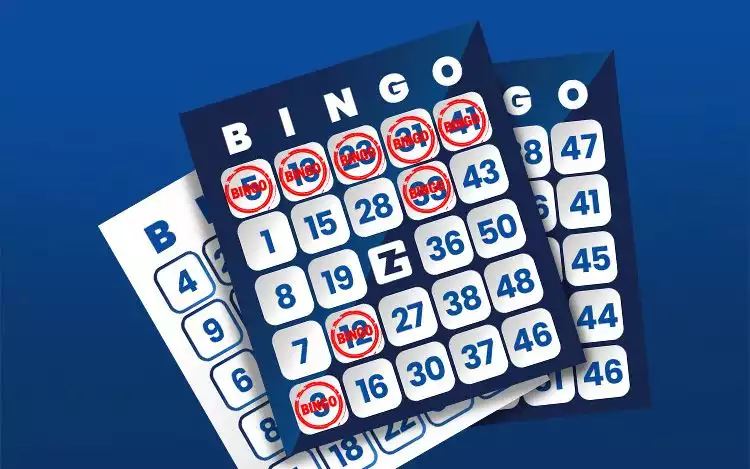
Bingo games may include different letter and number patterns that add complexity. Some patterns are easier to create than others (e.g. a ‘T’ versus a ‘Z’ or ‘8’), but watching the shape gradually emerge can make gameplay more interesting.
Complex and Challenging Bingo Patterns
Want to make bingo games a little bit trickier? Look for those using some of the more complicated patterns available. These can be totally different in theme and size, but all help bring a fresh twist to classic bingo gameplay.
Ladder
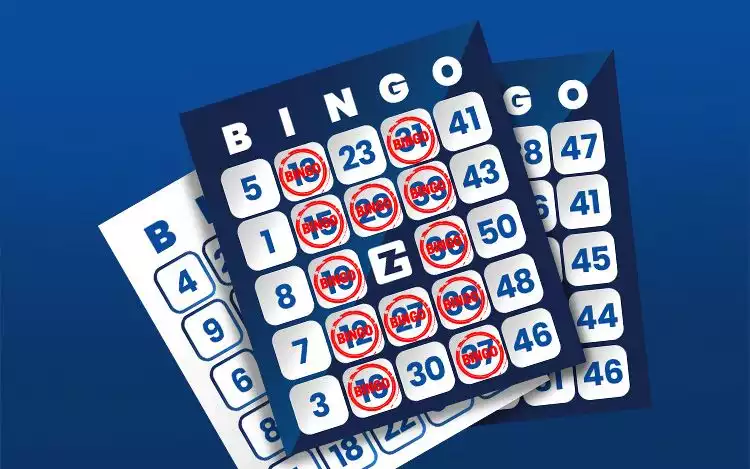
Ladder patterns on bingo tickets are largely made up of two vertical lines, with two or more spaces in between for the rungs. Matching numbers in these exact spots can be difficult depending on the amount of rungs required.
Arrow
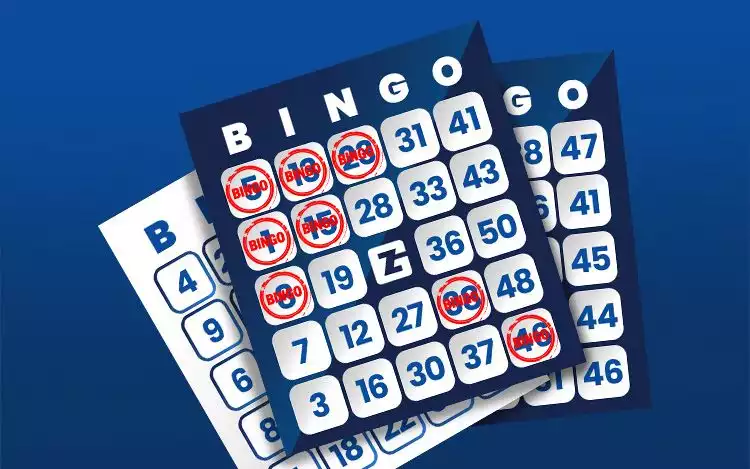
While Cupid’s arrow may appear in bingo games with a Valentine’s Day theme, different arrow patterns can show up in a range of other themes, too. Arrow shapes vary in arrangement, but are usually laid out diagonally.
Windmill
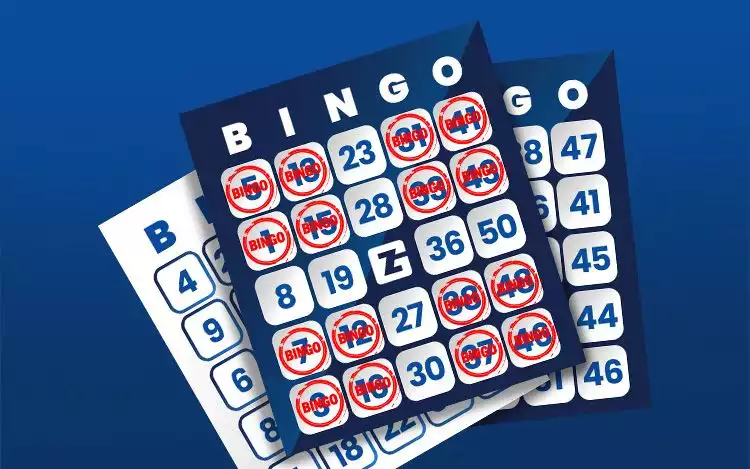
The windmill pattern for bingo looks like two bowtie patterns crossed over each other. One marked number takes the centre space, while all four corners are filled in to create the blades.
Witch’s Hat
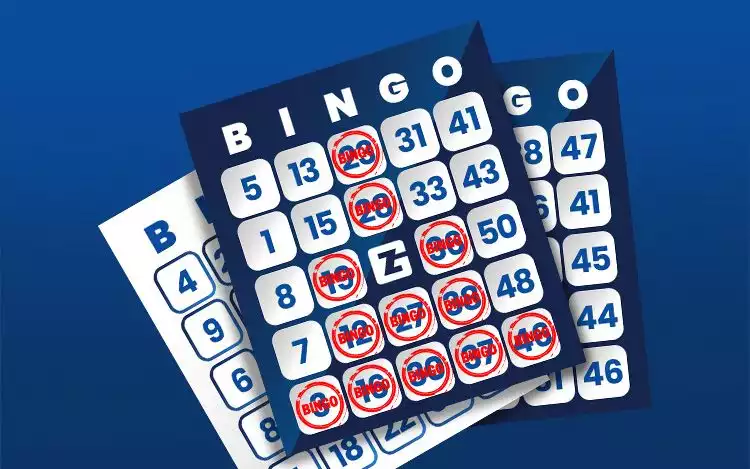
Are you a fan of Halloween? Online bingo sites may host themed games during spooky season, and the witch’s hat is just one of various patterns that will likely appear on tickets.
Outside Edge

The outside edge pattern uses all of the spaces along the four sides of a ticket. This may look like a fairly simple shape, but marking off the numbers without going near the centre can be tough.
Best Sites to Try Different Bingo Patterns Online
There are many bingo sites online, bringing you a huge range of games to explore. If you want to try creating some of the patterns on our list, which sites should you visit first? To help you choose from the many options, here is our pick of the best bingo sites:
Heart Bingo

Play £10, Get £30 on Bingo
+ 100 Free Spins
Spinzwin Casino

Deposit £10 and
Get up to £20
+50 Free Spins
Slingo Casino

Get 50 Free Bingo Tickets
+ 50 Free Spins on Starburst
Bingo Game Patterns Final Thoughts
Bingo patterns create a clear structure for marking off numbers and add extra challenge. This is ideal for seasoned players who want to prevent games from becoming stale, while trying to create patterns before anyone else may help newcomers get more invested in the gameplay.
Browse different bingo games on the market to find patterns that appeal to you most, whether you prefer simple or complex shapes. Whichever games you choose, always play responsibly and set a limit on the number of tickets you buy per round.
Bingo Game Patterns FAQs
Here are five of the most common questions people ask about bingo game patterns:
